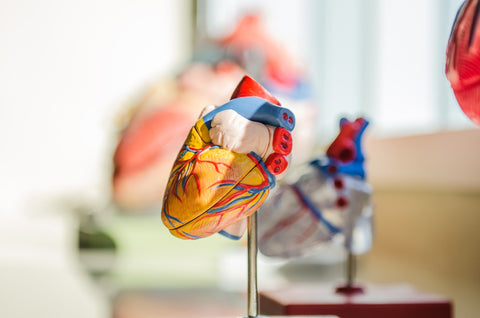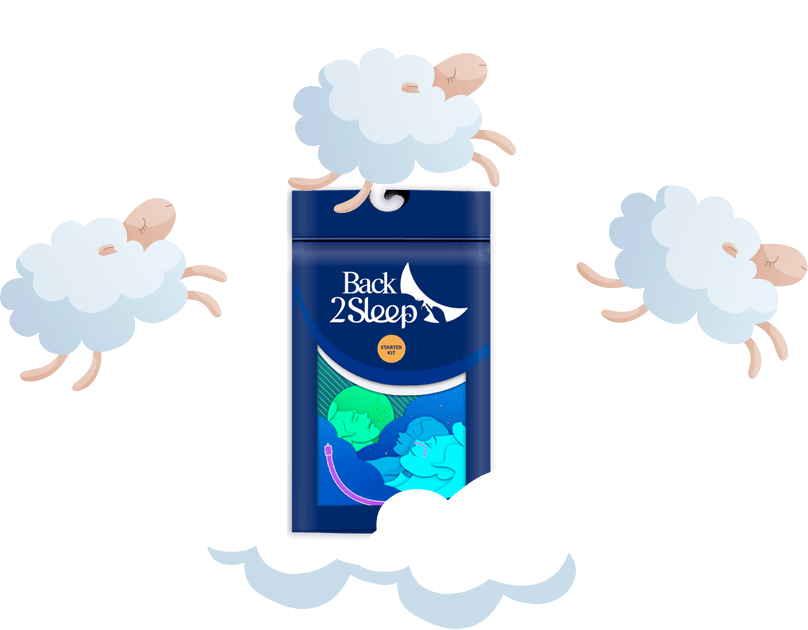A Myocardial infarction, commonly known as a heart attack, is a serious medical event that occurs when blood flow to part of the heart muscle is suddenly interrupted. This obstruction is generally caused by a blood clot formed following the rupture of an atheromatous plaque in a coronary artery, leading to myocardial ischemia. In the absence of blood circulation, the heart muscle begins to suffer and sustain damage, leading to heart failure.
Many factors, such ashigh blood pressure, high cholesterol or smoking, increase the risk of heart attack risk of heart attack. It's vital to recognize symptoms such as chest pain or shortness of breathquickly, and to consult a cardiologist. Interventions such as angioplasty or stenting can restore blood flow and minimize damage.
Prompt, appropriate medical management is essential to optimize prognosis and reduce mortality.
Those who have read this article have also consulted : "Sleep apnea - Definition, mechanism and treatment"

What are the mechanisms behind myocardial infarction?
How does the heart function normally?
The heart is a muscular organ whose main role is to pump blood throughout the body. It is divided into four rooms: two atria (left and right) and two ventricles (left and right).
The body's oxygen-poor blood enters the right atrium, then is pumped into the right ventricle, from where it is sent to the lungs. There, it oxygenates and returns to the left atrium. It is then pumped into the left ventricle, from where it is propelled into the main circulation to supply organs and tissues.
The heart beats thanks to electrical impulses generated by the sinus node, which determines heart rate. A network of blood vessels, the coronary arteries, ensures the irrigation and oxygenation of the heart muscle itself.
How do blocked arteries cause heart attacks?
The coronary arteries are responsible for supplying oxygen and nutrients to the heart muscle. Any impediment to blood flow in these arteries can have serious consequences.
In atherosclerosis, atherosclerotic plaques form and progressively narrow the arteries, reducing blood flow. A rupture or crack in these plaques can lead to the formation of a blood clot, or thrombus, obstructing the artery. If this occlusion is complete and persistent, blood flow is interrupted, leading to a lack of oxygen in the area of the heart irrigated by this artery.
This oxygen deficit leads to the death of heart cells, or necrosis, characteristic of a myocardial infarction. Prompt management, such as coronary angiography followed by intervention to restore circulation, is crucial to limiting damage.

What are the risk factors for myocardial infarction?
Several factors increase the risk of developing this pathology. Smoking, diabetes, high cholesterol, high blood pressure and obesity are among the main culprits. Family history of coronary heart disease also plays a role.
Men are generally more at risk than women, although women's risk increases after the menopause. Older age,physical inactivity, an unbalanced high-fat diet and stress can also contribute to cardiovascular risk. Understanding and managing these factors is crucial to reducing the risk of heart attack.
The role of smoking in increasing risk
Smoking is a major risk factor for myocardial infarction. Smoking accelerates arteriosclerosis, the narrowing of arteries due to atheromatous deposits, increasing the risk of thrombosis. What's more, the chemicals in cigarettes can damage vascular walls, promoting the formation of clots.
Nicotine narrows blood vessels and increases heart rate. As a result, smokers have a significantly higher risk of developing cardiovascular disease, including heart attack. Quitting smoking considerably reduces this risk and improves heart health.
The influence of diet and exercise
A balanced diet plays a key role in preventing heart disease. A diet rich in lipids, LDL and triglycerides can lead to narrowing of the arteries, increasing the risk of heart attack.
Conversely, a diet rich in fruits, vegetables, whole grains and omega-3 fatty acids can help protect the heart.
At the same time, regular physical activity strengthens the heart muscle, improves blood circulation and helps maintain a healthy weight. Exercise can also help reduce other risk factors such as high blood pressure and cholesterol. Incorporating an exercise routine and opting for a healthy diet are two essential measures for preventing myocardial infarction.

How is myocardial infarction diagnosed and treated?
This is a medical emergency characterized by the death of heart muscle cells due to an interrupted blood supply. The speed of diagnosis and intervention is crucial to minimizing damage and improving chances of survival.
Modern diagnostic tools
The electrocardiogram (ECG ) is the first diagnostic tool used in cases of suspected infarction. It records the heart's electrical activity and can identify abnormalities such as heart rhythm disorders or ischemia.
In addition to the ECG, blood tests are performed to detect the presence of cardiac enzymes released when heart muscle cells die. Coronary angiography is another essential diagnostic method, enabling obstructed arteries to be visualized.
Other imaging techniques, such as echocardiography or myocardial scintigraphy, can also be used to assess cardiac function and localize the damaged area.
Current treatments: from drugs to surgery
*It is essential to consult a doctor or healthcare professional and never self-medicate !
On arrival at the hospital, medication is started. Aspirin, for example, is often prescribed to reduce blood clotting. Thrombolysis is a method used to rapidly dissolve the blood clot obstructing the artery.
In cases of severe stenosis , or if thrombolysis is ineffective, interventional procedures such aspercutaneous angioplasty are performed. In this procedure, a balloon is inserted and inflated to open the blocked artery. Sometimes, coronary artery bypass grafting (CABG) is required, where healthy vessels are used to bypass blocked arteries. Following surgery, cardiac rehabilitation is often recommended to help patients return to a normal life.
It's essential to understand that every patient is unique. As a result, diagnostic and therapeutic approaches can vary. In the event of suggestive symptoms, such as chest pain radiating to the left arm or jaw, consultation with a healthcare professional is imperative.
Those who have read this article have also consulted : "Sleep apnea - Definition, mechanism and treatment"

- Choosing a selection results in a full page refresh.
- Opens in a new window.







